How do you build a great customer experience?
For Tesco, a seamless user experience is crucial for its entire digital business and beyond

Understanding your customers and being able to anticipate and meet their needs is at the very centre of the modern business. The customer experience-led approach has become a characteristic of successful organisations, not just in terms of the products and services they offer, but in how those products and services are presented and delivered.
Here, no other team has more impact than the division that handles user experience research and design. They’re continually creating and refining customer experiences, using their expertise, customer feedback and data-driven insight to ensure that it’s as frictionless and rewarding as possible – and that customers get what they need when they need it with the minimum of fuss.
This might seem simple, but it takes a committed team. At Tesco, the design and research team’s work touches almost everything related to customer experience, not just online and in the company’s apps, but inside Tesco stores as well. Its work covers everything from how customers interact with Tesco’s online shop and apps to how they navigate the bricks-and-mortar stores, and even the self-service tills they use to check out. It also involves other areas that affect the customer experience, like the software used by Tesco’s colleagues at the checkout and when managing the store.
Tomasz Maslowski, head of design and research, describes this as one of the key enablers for Tesco over the last few years. “Our customers are no longer restricted to one specific channel or one specific journey,” he says, “so by moving into and owning the customer experience across every single channel, we’re able to better understand where they’re coming from and what they’re trying to achieve.”
For Maslowski, this reflects the way customer behaviour is changing; the more we interact with brands through apps and online services, the more our expectations around all services evolve. “The in-store experience is connected to the digital experience,” he says, “and this creates new opportunities and new behaviours for our customers.” Younger customers, in particular, see their experience in-store and online as part of one continuum, where they may be using services on their smartphone at the same time as browsing the shelves. The more coherent and seamless the design approach across the in-store and digital experiences is, the easier it is to ensure that customers reach the products and services they want.
Customer-focused design
Nailing the right customer experience begins with a whole lot of research. “We always start by thinking about the customer,” says Maslowski, “and that helps us to understand what their needs are.” Maslowski’s team proactively engages with customers through focus groups and user research and combines that feedback with more input from Tesco colleagues and call centres, and Tesco’s rich, anonymised data.
All this research can be harnessed to refine existing services or uncover new opportunities to make Tesco products and services easier to use or more accessible. Maslowski says that, like most UX design teams, Tesco’s follows the process all the way from discovery to delivery, though how it works depends on the specific problem being addressed. “The discovery part of the process is all about making sure that we understand the customer’s needs,” he says. “Once you frame the problem in the right way, you’re able to think about the design solutions you create – and it’s when you start creating those solutions that you get into usability.”
Along the way, the team has to consider a wide range of priorities. Accessibility is key; Tesco works hard to ensure that its services cater for everyone, no matter what accessibility needs they might have, and its grocery home delivery app is one of the highest ranked on this metric. Apps and services need to make it as easy as possible for customers to get exactly what they want – and even anticipate their needs, wherever possible.
New features and refinements to the UI are always welcome, and the team needs to think carefully about how to make them work within tools that customers or colleagues are already used to. “Part of the design process is to factor in the existing behaviours of our colleagues,” says Maslowski, “and roll out changes so that they don’t suddenly impact them and there’s no massive learning curve. For the customer, we want to make sure that they still feel they can use the thing they’re used to, rather than go back to a colleague for support. There has to be a gradual introduction.”
An agile approach
Taking such a customer-focused attitude often requires a different approach to design, and that’s definitely true of Tesco, with a team that has evolved to grow more agile and proactive. “It’s not massively different from a business like Google or Facebook,” says Maslowski. “In fact, in some ways we have an advantage. We can look at the complete end-to-end ecosystem that our customers access, and this can be a great advantage that pure-play digital businesses don’t have, because we also interact with our customers in the physical world.” This continuous feedback makes it easier to identify problems and opportunities, then move fast with a response.
To do so, Tesco’s design and research team employs a wide range of people from different disciplines and backgrounds. “They are very varied,” Maslowski notes. “Some people have design backgrounds or psychology backgrounds, and the skills and qualifications are useful, but not a prerequisite.” Instead, the team is on the lookout for people with the right approach. “The key thing for UX work is that you need to be a problem solver, you need to think about opportunities, and you need to be creative. The technical aspect is important, but it just helps you fulfil these things… if you’re able to utilise your technical skills and your life experience, and you’ve got an innate desire to understand people, then that’s the kind of thing that we can’t always teach.”
The rewards for team members come partly in a good work/life balance, the ability to work both flexibly and remotely, and in the rich career development opportunities that an organisation like Tesco offers. “A lot of people tend to think about variety in terms of roles and industries,” says Maslowski, “and that often means they stay in a job for two or three years then move to a different area. The difference for us, particularly in Tesco, is that, because the business evolves, you have the ability to develop yourself within the business. Your role can change.”
Most significantly, working for a company like Tesco means that you can see your work in action on an everyday basis, and see the impact on the customers you’re serving – even family and friends. “When I go to my nearest store, I’m always looking at what we do and how we do it,” says Maslowski. “Hearing feedback on your work is one of the most rewarding things.”
Get the ITPro daily newsletter
Sign up today and you will receive a free copy of our Future Focus 2025 report - the leading guidance on AI, cybersecurity and other IT challenges as per 700+ senior executives
ITPro is a global business technology website providing the latest news, analysis, and business insight for IT decision-makers. Whether it's cyber security, cloud computing, IT infrastructure, or business strategy, we aim to equip leaders with the data they need to make informed IT investments.
For regular updates delivered to your inbox and social feeds, be sure to sign up to our daily newsletter and follow on us LinkedIn and Twitter.
-
 AI is helping bad bots take over the internet
AI is helping bad bots take over the internetNews Automated bot traffic has surpassed human activity for the first time in a decade, according to Imperva
By Bobby Hellard
-
 Two years on from its Series B round, Hack the Box is targeting further growth
Two years on from its Series B round, Hack the Box is targeting further growthNews Hack the Box has grown significantly in the last two years, and it shows no signs of slowing down
By Ross Kelly
-
 The case for an accelerated device refresh cycle
The case for an accelerated device refresh cycleWhitepaper Achieving a more cost-effective device lifecycle overall
By ITPro
-
 Four data challenges holding back your video business
Four data challenges holding back your video businesswhitepaper Data-driven insights are key to making strategic business decisions that chart a winning route
By ITPro
-
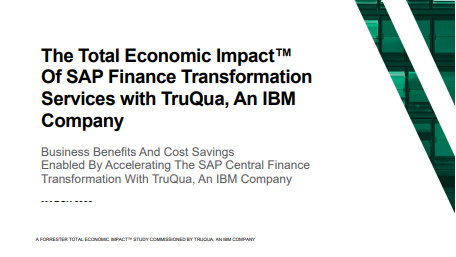 The Total Economic Impact™ of SAP finance transformation services with TruQua
The Total Economic Impact™ of SAP finance transformation services with TruQuaWhitepaper Business benefits and cost savings enabled by accelerating the SAP central finance transformation
By ITPro
-
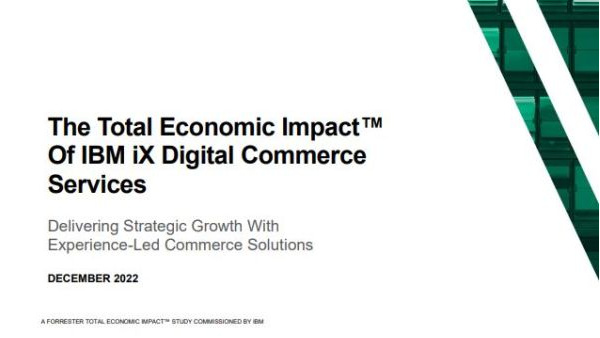 The Total Economic Impact™ of IBM iX digital commerce services
The Total Economic Impact™ of IBM iX digital commerce servicesWhitepaper Delivering strategic growth with experience-led commerce solutions
By ITPro
-
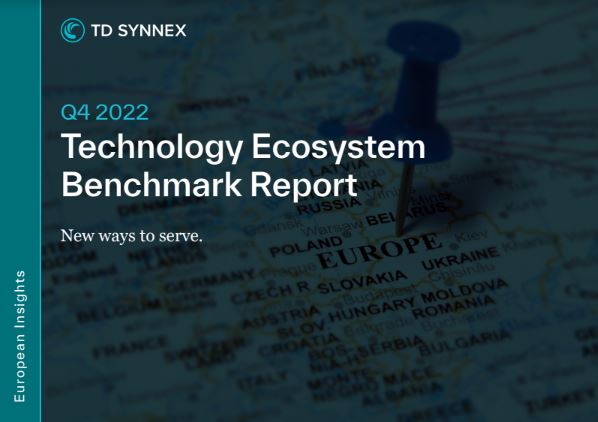 Technology Ecosystem benchmark report
Technology Ecosystem benchmark reportWhitepaper The evolution of the IT industry
By ITPro
-
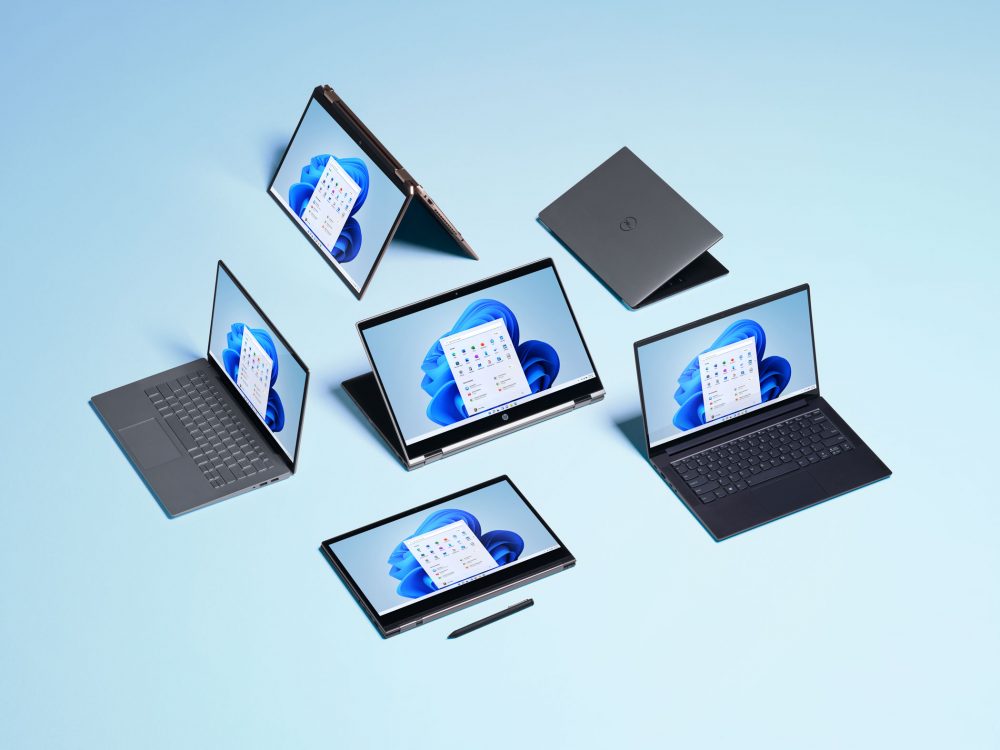 Windows 11 tips and tricks for IT professionals
Windows 11 tips and tricks for IT professionalsIn-depth Like many systems, Windows 11 has a slate of hidden tips and tricks for users looking to ramp up productivity
By John Loeppky
-
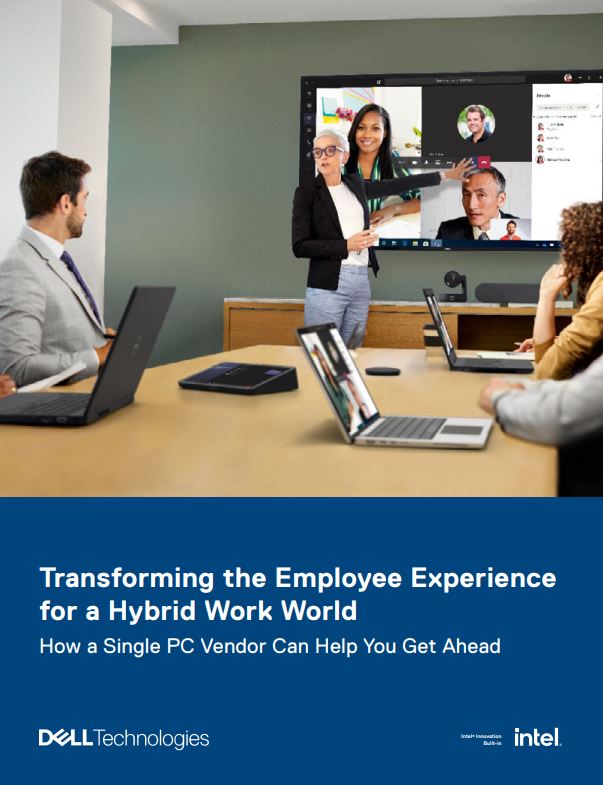 Transforming the employee experience for a hybrid work world
Transforming the employee experience for a hybrid work worldWhitepaper How a single PC vendor can help you get ahead
By ITPro
-
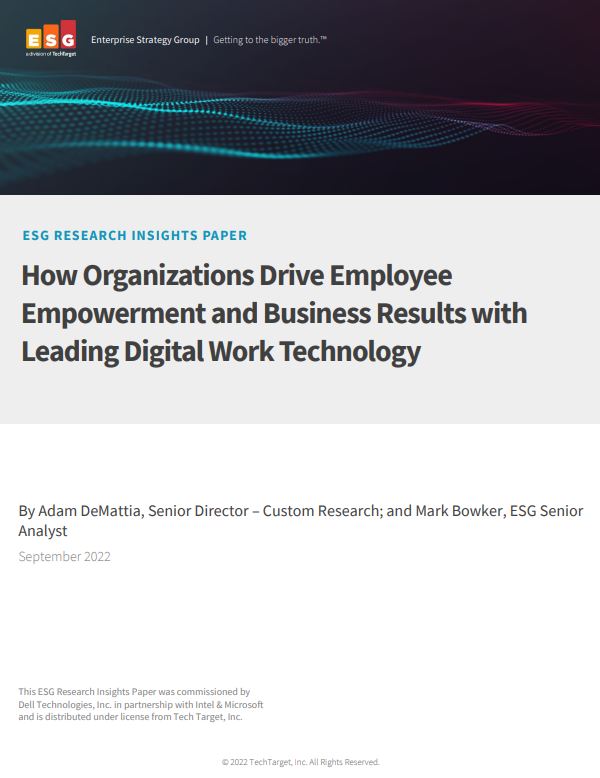 How organisations drive employee empowerment and business results with leading digital technology
How organisations drive employee empowerment and business results with leading digital technologyWhitepaper What you can achieve with a leading approach to digital work
By ITPro
